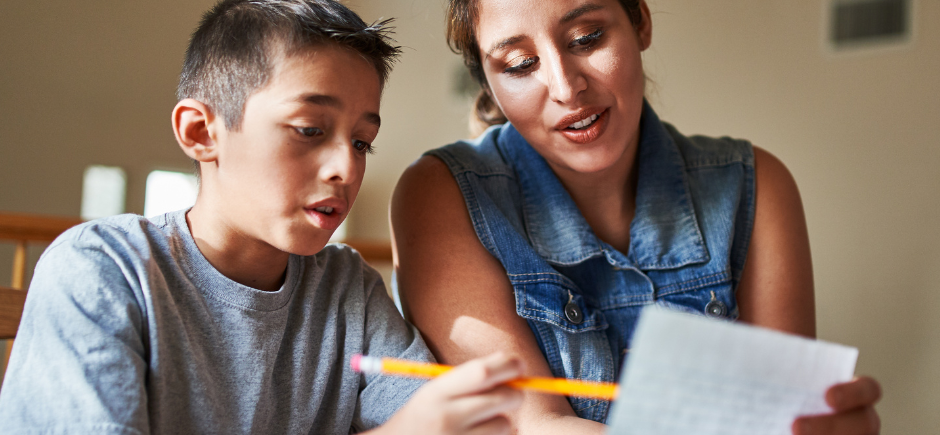Numeracy Automaticity
Working together with your son can ensure learning and practise is fun.Numeracy automaticity, the ability to perform mathematical calculations quickly and accurately without conscious effort, plays a pivotal role in the academic and lifelong success of our students.
Children who have developed numeracy automaticity are more efficient in completing mathematical tasks, allowing them to devote cognitive resources to higher order thinking processes. They also show greater confidence when mathematical challenges increase and have a positive attitude toward learning and problem solving.
Numeracy automaticity is a skill that is applied in a lifelong context. From managing finances to measuring ingredients for recipes, children who possess numeracy automaticity are better equipped to navigate the demands of the world we live in.
Parents can play a crucial role in fostering numeracy automaticity in their children. Encouraging regular practise of basic skills through games is a fantastic way to make this learning enjoyable.
Here are a few ideas:
Paper plate number bonds
Number bonds are simple addition sums that children can recognise almost instantly, like 2+2=4. Number bonds are important to understand and develop automaticity with as they are the foundation for many elements of mathematics.
For younger primary students, bonds to 10 and 20 are a great place to start. For older students it may be to 100 and beyond.
Write on paper plates numbers 0 – 10 (make 2 lots of the 10). Place one of the 10 paper plates on the floor and the child then need to find the 2 numbers that make 10. So, 1 and 9, 2 and 8, 3 and 7, 4 and 6, 5and 5, 0 and 10.
Once these are known you can then move to 20. So, 1 and 19, 2 and 18, 3 and 17 etc.
Run a flashcard race!
Place a series of flash cards to the floor and challenge children to see who can correctly make their way from start to finish the fastest. They can call out the answers or write them down, but they must get it right before they move on. Children can race side by side or work independently to beat their own best time. Flashcards can be numbers, addition/subtraction/multiplication/division facts, shapes, time etc.
|
2 + 2
|
|
100 – 70
|
|
|
Double with Dominoes
To play the game first create a table like below.
|
2 |
4 |
6 |
8 |
10
|
|
12
|
14
|
16 |
18 |
20
|
Next turn all the dominoes upside down. Have your child choose one and flip it over.
They need to count only one side of the domino, such as 5. Then, they need to figure out the double addition fact, 5+5=10.
Finally, put the double domino on the correct spot on the board. This game is self-correcting. They can simply count all the dots to see if they have their domino on the right spot.
Double your dice!
Take turns rolling the dice and doubling the number rolled. Students can use paper to draw the dots to then double when they begin. Discuss what was the most doubled number.
Rebecca Taylor
Director of Teaching and Learning Junior School



